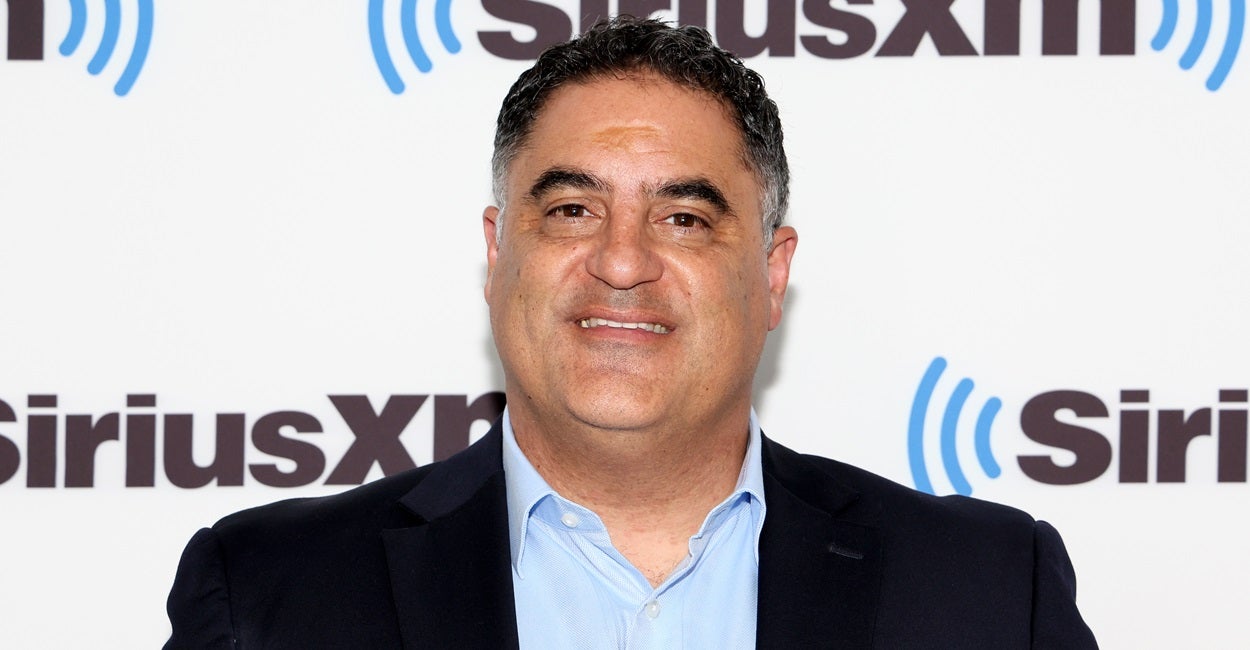US officials drafting new options for Gaza cease-fire deal
Officials in Washington believe they still have ways to get Israel and Hamas to agree on the terms for phase one of the deal.
American officials involved in the Gaza cease-fire talks are working with other negotiators to draw up new strategies to convince Israel and Hamas to agree to a cease-fire deal.
Ideas have ranged from allowing Hamas leader Yahya Sinwar safe passage out of Gaza, to giving human rights organizations access to Israel’s prisoners to reducing the number of Israeli troops along the Egyptian border, according to five officials familiar with the planning.
The U.S. is discussing these proposals with Israel, Egypt and Qatar in the hope of moving either Israel or Hamas — or both — to proceed with a deal.
But U.S. officials are not convinced any of those options will break the impasse. They are increasingly frustrated with Hamas and are now moving to mount a pressure campaign to convince it to accept the terms previously put forward and to scale back its demands for prisoner releases from Israel, according to two of the officials.
The cease-fire talks have been stalled since Hamas killed six hostages on Aug. 31, forcing the U.S. to revisit a proposal it had laid out earlier this summer — one it had hailed as a potential deal-clincher. Both Israel and Hamas added new demands to the deal in the last month, and with tensions on the rise following the hostages’ deaths, U.S. officials didn’t see any indication that either side was willing to compromise.
POLITICO spoke to two U.S. officials, two Israeli officials and a Middle East official familiar with the negotiations. All were granted anonymity to speak freely about the sensitive discussions.
The conversations in recent days have been broad and have included pitches from various parties, including Israel.
The fact that the negotiating group has been forced back to the table to work out another version of the deal raises questions about whether the larger agreement laid out by President Joe Biden in May — one that includes three separate phases — is attainable in the short-term.
The National Security Council declined to comment on the plans.
In a briefing with reporters Monday, State Department spokesperson Matt Miller said the administration was working on a revised proposal for a cease-fire deal.”It’s a proposal that can get the parties to an ultimate agreement,” Miller said.
American officials are hopeful that negotiations in the coming days will help push both sides closer to “yes.”
“It is months overdue,” said Sen. Chris Coons (D-Del.) in an interview last week, referring to the deal. “The ongoing conflict has gone on far too long, so I know a huge amount of effort is being applied to reach a final deal. I will believe it when it actually happens. I am optimistic that it is possible.”
Negotiators are still working on phase one of a cease-fire deal.
“We’ve been actively having discussions, obviously remotely this week, throughout the whole week, to see if we can’t find a way forward,” National Security Council spokesperson John Kirby told reporters Friday.
The original U.S. proposal — presented to Israel and Hamas at the beginning of August — was in line with that broader, three-phase deal announced by Biden in May. American officials have refused to detail that proposal to reporters. But Israeli officials have described it as including information about the Israeli Defense Force’s presence in the Philadelphi Corridor in both the short and long term, and the exchange of prisoners and hostages.
Hamas and Israel are at odds over both of those issues. Israel wants to maintain a force inside the Philadelphi Corridor — a demilitarized zone along the Gazan border of Egypt. Hamas has not agreed to those terms.
Additionally, Hamas has significantly upped the number of prisoners serving life sentences that it wants released from Israeli prisoners. Israeli officials are adamant that Hamas’ demand is unrealistic and goes against terms it had agreed to in July. The two sides have also gone back and forth over the categorization of hostages. Hamas categorizes all the Israeli male hostages as soldiers – even if some are civilians or elderly – and refuses to release them in an initial exchange.
The standoff has left the Biden administration with few options, and officials have grown increasingly frustrated at the changes in demands on both sides. What’s more, American officials say both sides have agreed to almost 90 percent of the deal — terms that would allow for a significant increase in humanitarian aid to the enclave.
Israeli officials have told senior U.S. officials in recent days that they need to do more to pressure Hamas by criticizing its leadership for changing the terms of the deal to which it had previously agreed.
Those conversations, held at the Middle East-U.S. summit in Washington last week, underscore the degree to which tensions between officials in Washington and Jerusalem have increased.
Last week, Secretary of State Antony Blinken criticized the Israeli Defense Forces for killing Aysenur Eygi, an American, during a protest in the West Bank on Sept. 6.
Blinken offered some of the harshest words yet from a senior U.S. official about Israel’s military actions since the war in Gaza began last year. Blinken is in Egypt this week and will speak with top officials in Cairo about the deal.
“In our judgment, Israeli security forces need to make some fundamental changes in the way that they operate in the West Bank, including changes to their rules of engagement,” Blinken told reporters in London on Sept. 10. “Now we have the second American citizen killed at the hands of Israeli security forces. It’s not acceptable. It has to change.”
Even before the killing of the hostages in August, American and Israeli officials appeared to be at odds over the progress being made on the Gaza cease-fire deal.
At first, the Americans presented a message of cautious optimism. They said almost everything in the deal had been worked out besides a few minor details related to Israeli positioning near the border of Egypt and the prisoner and hostage exchange – two issues they felt were difficult but could be worked out.
But the Israelis have consistently characterized those differences as enormous – and potentially too big to overcome anytime soon. They are adamant that Hamas is against a deal — a similar claim levied against Prime Minister Benjamin Netanyahu by officials in his own government.
Negotiating cease-fires anywhere — but particularly in Gaza — is historically difficult. And in Gaza, even when the deals are narrow, they have a tendency to break down soon after they’re reached.
This deal is bigger than most. It contains 18 paragraphs on various contingencies. It includes three phases that contain a hostage-prisoner swap, a pause in fighting and terms about the withdrawal of Israeli troops from the enclave.
Despite the obstacles, American officials insist there is still a path forward.Israeli officials aren’t so sure. They have lamented behind closed doors in recent days that the deal is too large – that the hostages’ lives should take priority and be negotiated separately from the other points in the deal.
“I’m not sure anybody knows” when a deal might be struck, said Sen. Chris Murphy (D-Conn.). “You are trying to figure out what’s in the mind of foreign leaders. Netanyahu doesn’t seem to be interested in getting this deal. Hamas certainly seems to believe that it’s better off continuing the conflict.”
Joe Gould and Robbie Gramer contributed to this report.




















